
Pin on Shōdenji A Zen Temple With A Bloody History Kyoto, Japan.
Right by the pond is where you can see the Sandy Zen Garden. Entrance to the Tenryuji Temple Complex. Tenryuji, Susukinobaba-cho, Saga Tenryu-ji, Ukyo-ku, Kyoto. 4. Kennin-ji Temple. Constructed in 1202, Kenninji is the oldest Zen temple in Kyoto and has one of the best zen gardens in the city.

Kinkakuji Temple (Golden Pavilion) GaijinPot Travel
Entrepreneurs and global business leaders consider Zen meditation to be a great way to reduce stress. Even Apple's founder Steve Jobs found the practice helpful. Visitors can try this practice for themselves at Shunkoin, located in Kyoto at Japan's largest Zen Buddhist temple, Myoshinji. At Shunkoin, you can experience zazen and sado * in English.

Eiheiji Zen Buddhist temple in Japan. Founded by Zen master Dogen Zenji. (Bob and I stayed
Daihonzan EIHEIJI. RULES FOR VISITORS. 5-15 Shihi Eiheiji-cho Yoshida-gun Fukui-ken 910-1228, Japan. Tel : 0776-63-3188.

Questi sono i migliori templi e santuari di Kyoto Flonchi
In a way, these temples are a transitory space with one foot in nature and the other in setting is perhaps best described in the Japanese concept of ma, which can mean blankness or distance. Ma is a transitory experiential concept; for example, it is the silence between sounds which gives shape to music. The focal point of many of these temples.

Zen temple in Japan fall stock image. Image of temple 46967477
In 1282, it was officially founded as a Rinzai School ZEN temple by Iko Donen (posthumous Buddhist name Daiko-Zenshi). TOKOZENJI was moved to its current location in Kamariya during the Onin era (1467-69). It has been standing quietly in the small, mountainous area of Kamariya with elegance and dignity ever since, bearing a deep history as one.
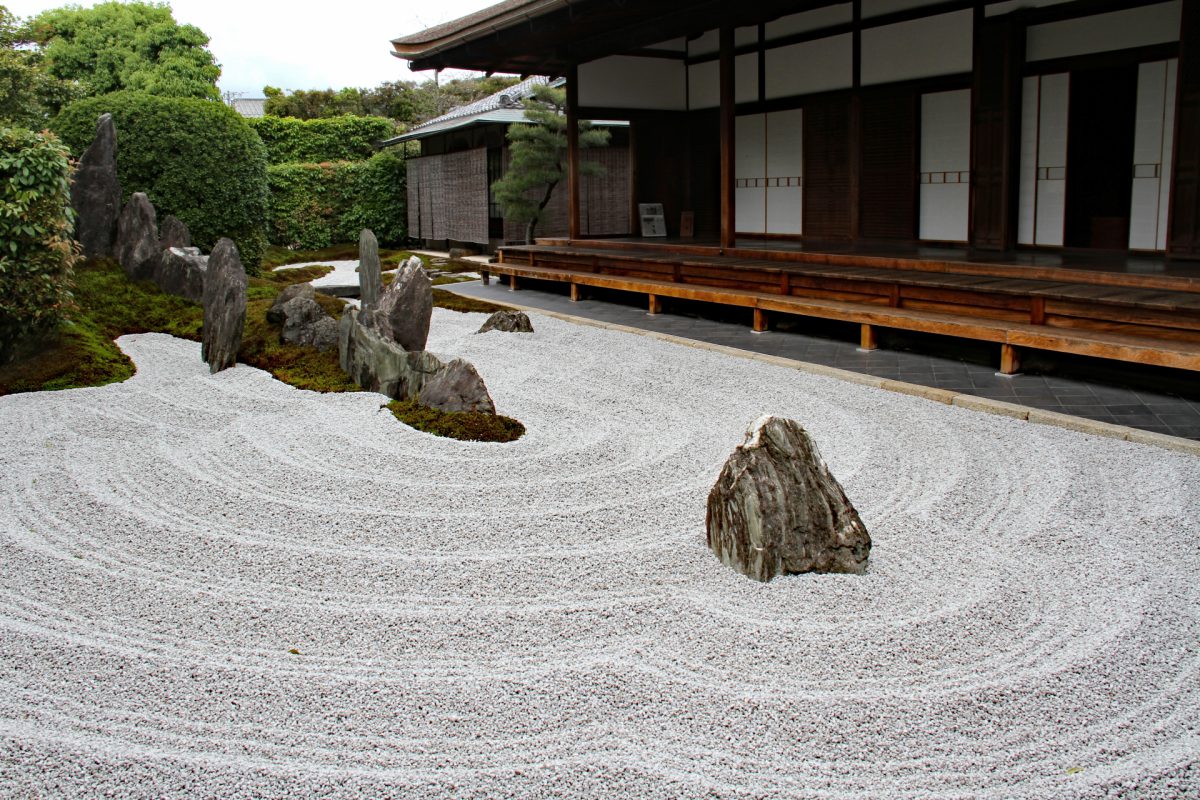
5 Best Zen & Rock Gardens in Kyoto Japan Wonder Travel Blog
The beautiful Daihonzan Kofukusan Kencho-ji Temple is considered one of the "Five Great Zen Temples of Kamakura," and is one of the oldest Zen training monastery in Japan. Kamakura is very close to Tokyo, which makes this particular facility pretty easy to get to! It offers zazen sessions to visitors on Friday and Saturday evening. The Rinzai Zen temple was completed in 1253 and consists of a.

Ryoanji Temple Hours & Best Time to Visit Kyoto's Zen Rock Garden
The Soto Zen School has two head temples. One is the Soujiji in Tsurumi, Yokohama. The other is the Eiheiji in Fukui Prefecture. In 1244, Dogen Zenji, the founder of Soto Zen, opened a temple called the Sanshoho Daibutsuji, the name of which was later changed to Kichijozan Eiheiji. This was the beginning of the Eiheiji as we know it now.
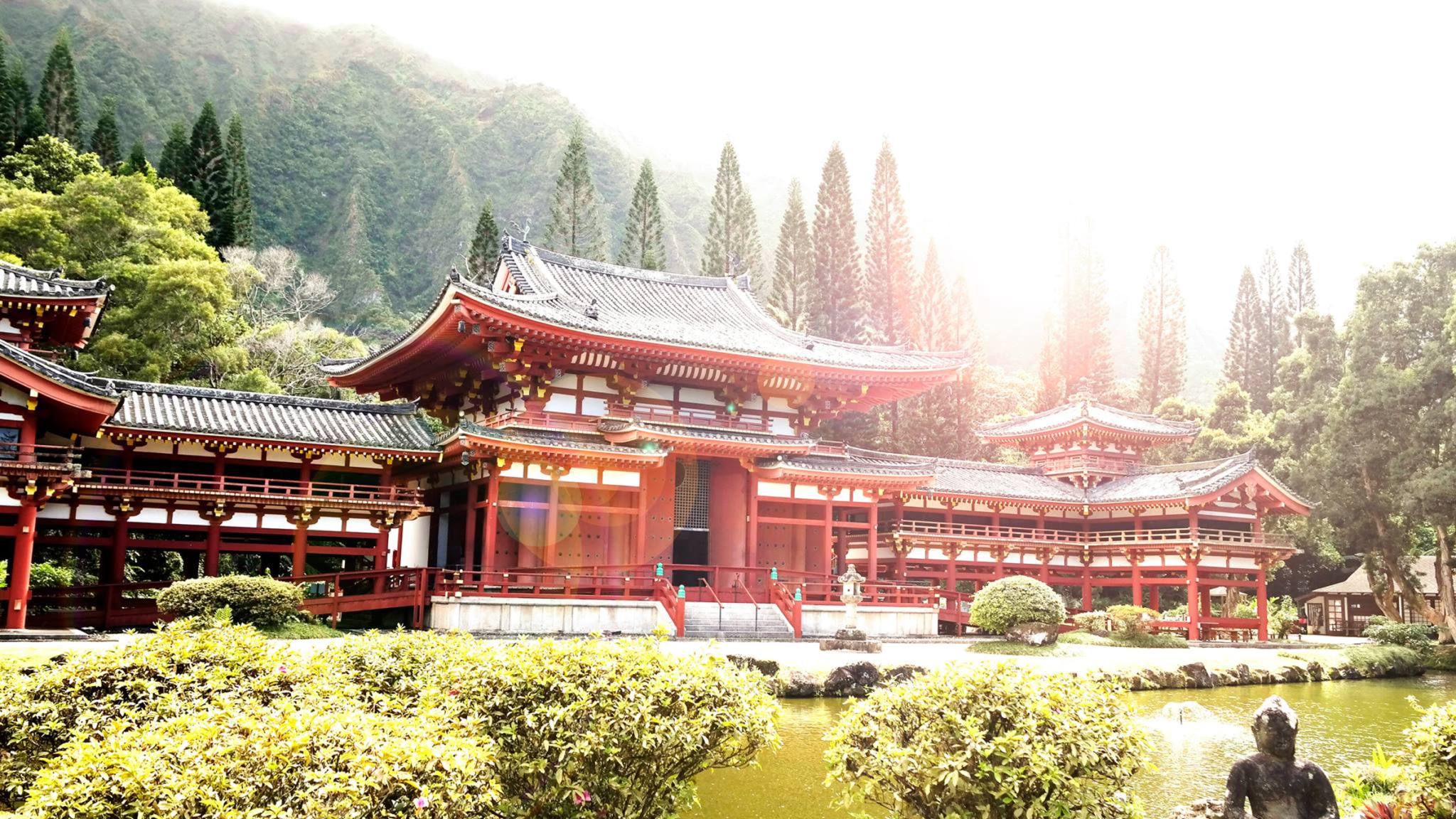
All You Need to Know About Visiting Japanese Buddhist Temples
It's a small Zen temple, but nevertheless worth a visit. Useful information: Address: 526 Shimokawara-cho, Kodai-ji, Higashiyama-ku, Kyoto. Entry fee: 600 yen. Open: 9am to 5:30pm. Discover more Temples and Shrines in Kyoto. Kyoto, the city with 1,000 temples, is home to some of the most beautiful Zen temples in the country.

Ryoanji Temple Hours & Best Time to Visit Kyoto's Zen Rock Garden
Rinshoin Zen Temple - Japan - Zen Meditation in the middle of the great city of Tokyo. Abt Reding 19. June 2023 Japan - Korea. Rinshoin is a large and historically significant Rinzai Zen temple in the heart of Tokyo, right next to Tokyo University and not far from Ueno Park. Rinshō-in is associated with the Myōshin-ji branch of Rinzai Zen.

Kenninji is a historic Zen Buddhist temple in Higashiyama, Kyoto, Japan, near Gion and is
This is an authentic Zen experience held at a real Buddhist temple and a great way to get in touch with Japanese spirituality right at the source. Practice zazen meditation, listen to the monks recite sutras, and read from the sacred texts yourself to discover the true heart of Zen. This experience is a great way to escape the hustle and bustle.
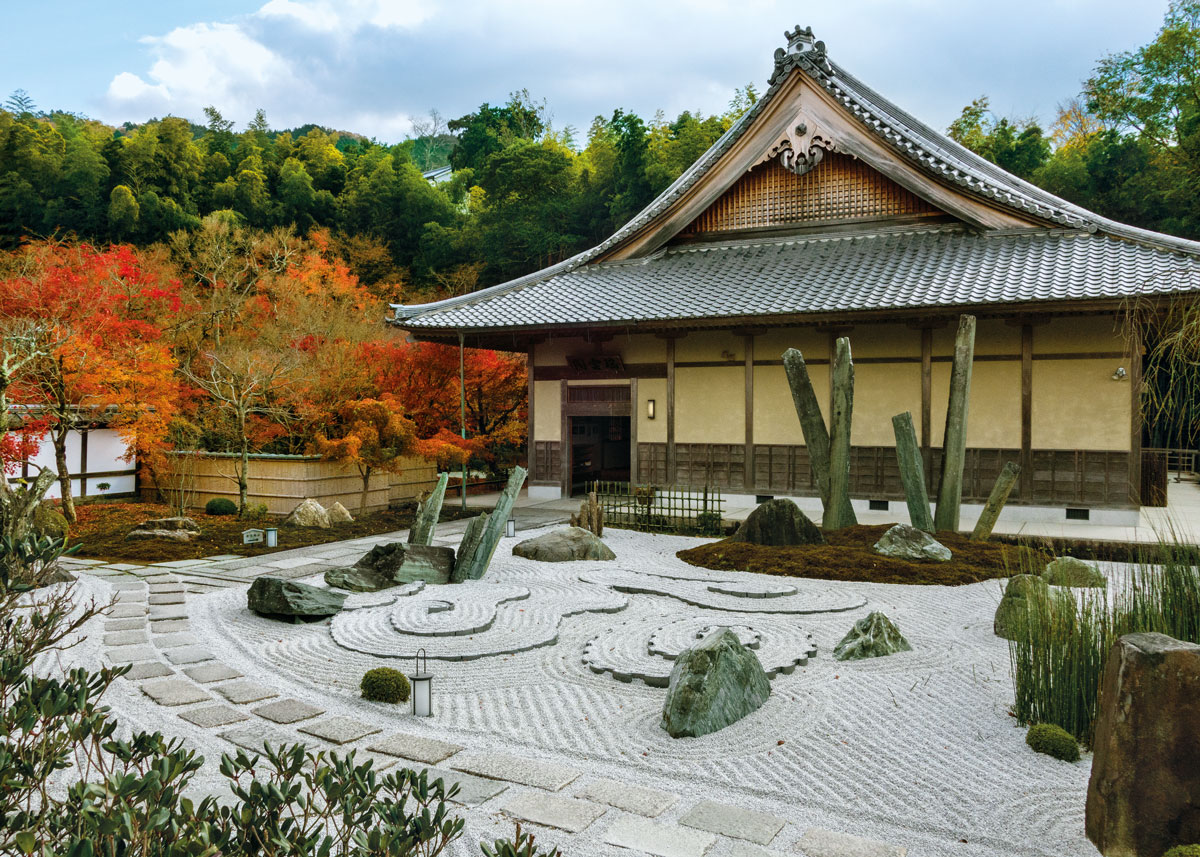
[PDF] Houses And Gardens Of Kyoto telone
113 likes. Add a comment. Shōfuku-ji was erected in 1195 after the first shōgun of the Kamakura shogunate, Minamoto no Yoritomo (源頼朝), gave the land to Yōsai (栄西禅師), the founder of the Japanese Rinzai school of Zen Buddhism. At the time, seven buildings were constructed on the 900-meter-square precinct. At its peak, it was.
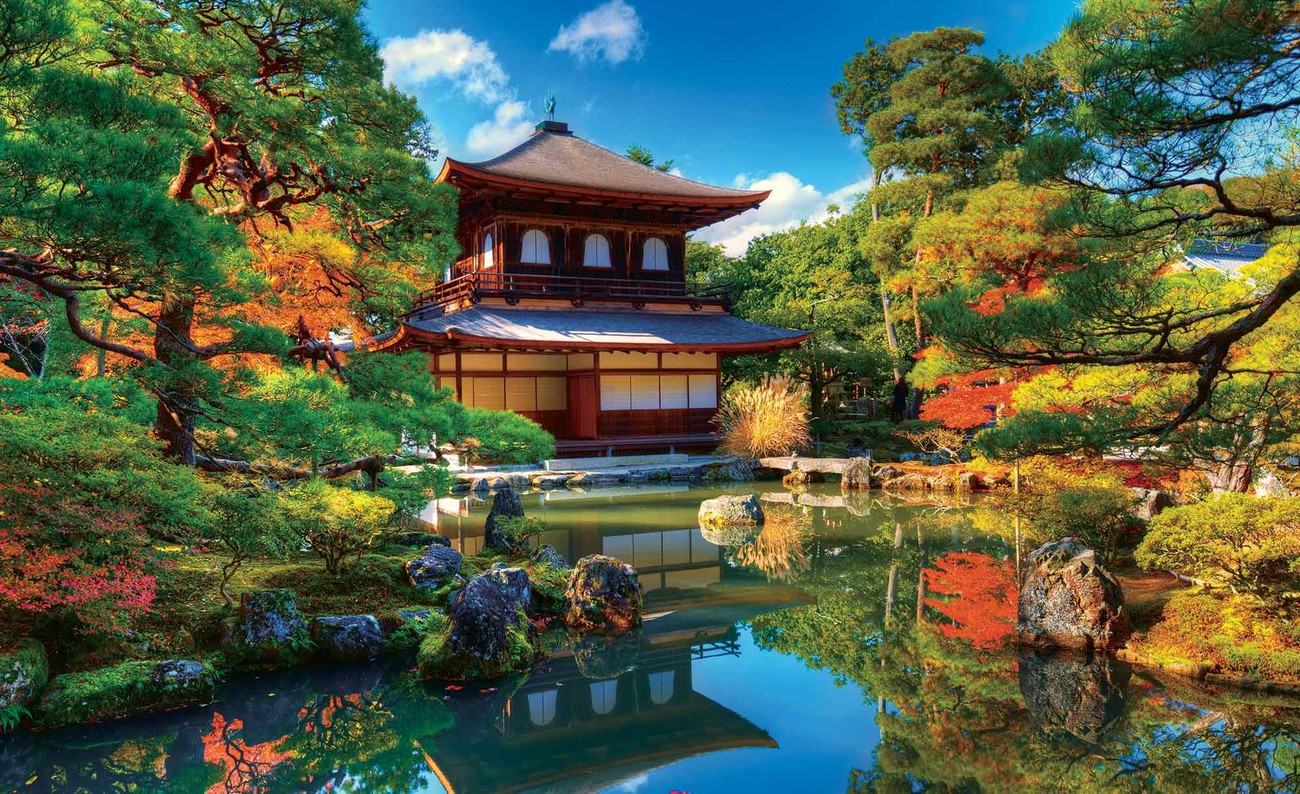
Fototapete, Tapete Tempel Zen Japan Kultur bei EuroPosters Kostenloser Versand
Buddhism arrived in Japan sometime in the 6th century through China and Korea along the Silk Road, an ancient network of trade routes. Shinto, an indigenous faith of Japan, predates the arrival of Buddhism, and is said to have evolved from ancient nature-worshiping religions.

Achieve Zen Amongst the Chaos at Tokyo’s Oldest Temple
Eihei-ji (永平寺) is one of two main temples of the Sōtō school of Zen Buddhism, the largest single religious denomination in Japan (by number of temples in a single legal entity). Eihei-ji is located about 15 km (9 mi) east of Fukui in Fukui Prefecture, Japan.In English, its name means "temple of eternal peace" (in Japanese, 'ei' means "eternal", 'hei' means "peaceful", and 'ji' means.
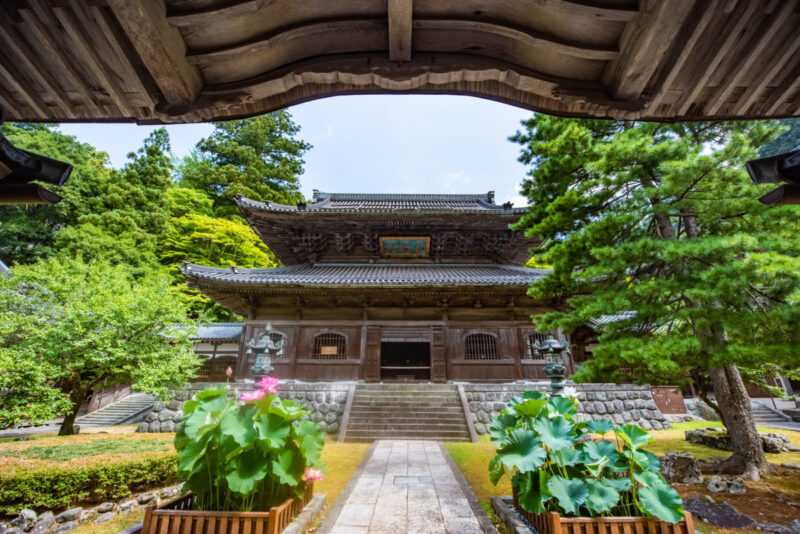
Find Your Zen at the Headquarters of Soto Buddhism The “Temple of Eternal Peace”, Japan’s
Zazen: Zen Meditation Sessions. When visiting a Zen temple for an extended experience, it is common to participate in zazen. This seated meditation lies at the core of Zen philosophy. This practice generally involves sitting on a zafu, a type of Japanese cushion, on the floor, cross-legged, with a straight posture. Your eyes should look down.
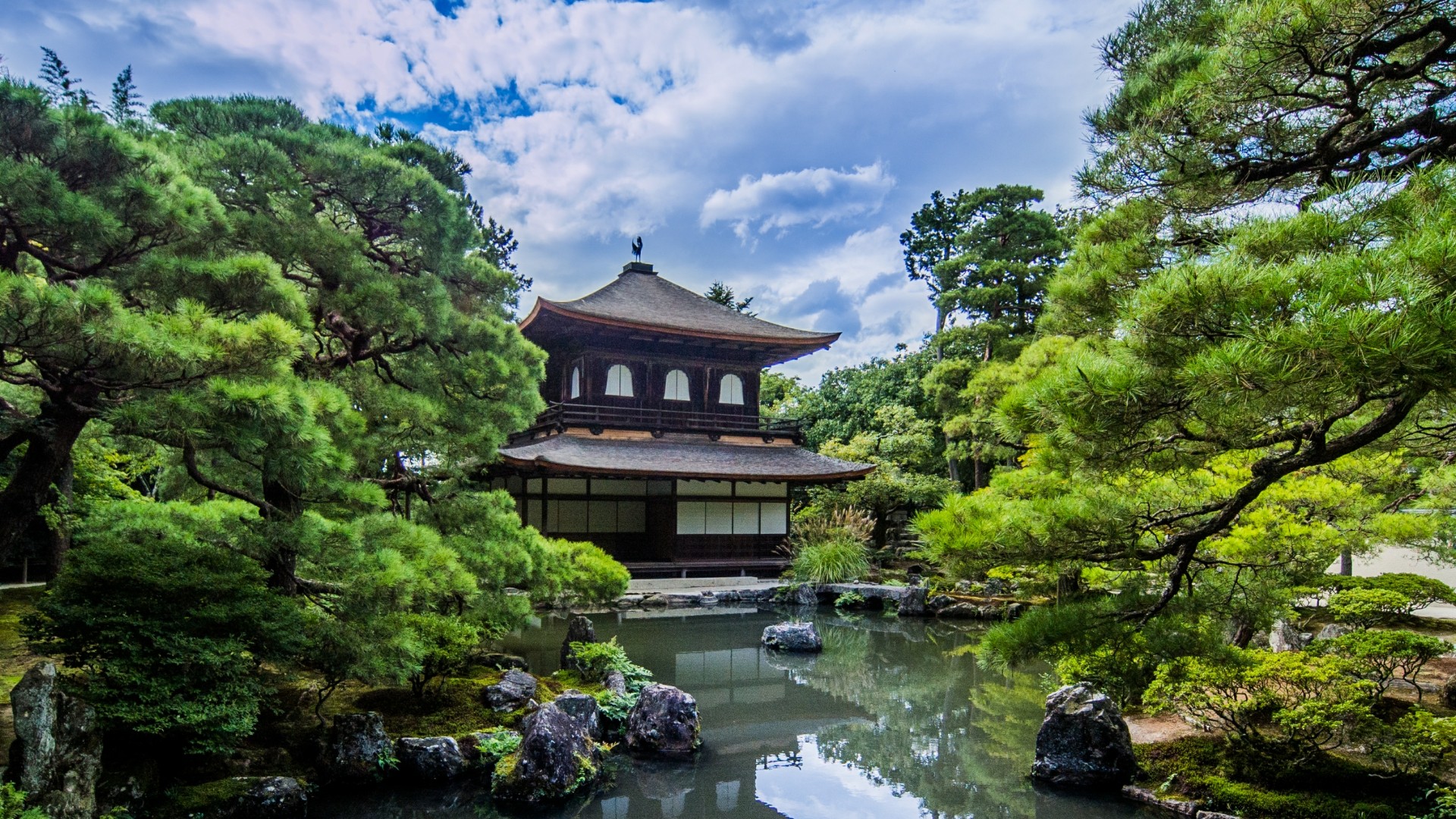
Ginkakuji Zen temple, Japan backiee
3. Rinzai Myoujinji Tokyo Zen Center. The details of the zazen experience are as below. [Hours] Tuesday: 1:30PM - 3:30PM Saturday: 3:00PM - 5:00PM *You need to make a reservation in advance. [Location] Tokyo Zazen Center [Fees] 500Yen (Application necessary) [Address] Ryuunji Assembly Hall 3-37-2 Nozawa, Setagaya-ku, Tokyo-to. Tokyo Zen Center.
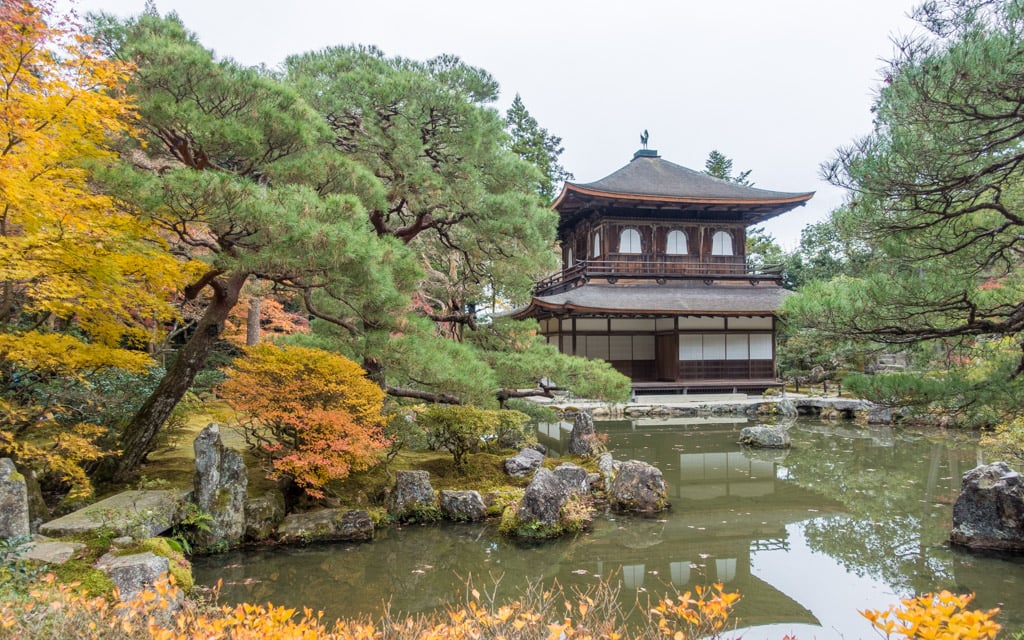
13 amazing Buddhist temples in Japan you should not miss
Master Keizan founded several temples, and amongst them Shoji-ji is the second largest Soto Zen temple in Japan. He had many disciples, some of whom were great ones. It was thanks to this double heritage, that Soto Zen was largely developed ,touching all levels of the Japanese population. These days it has 15,000 temples in Japan and 30,000.